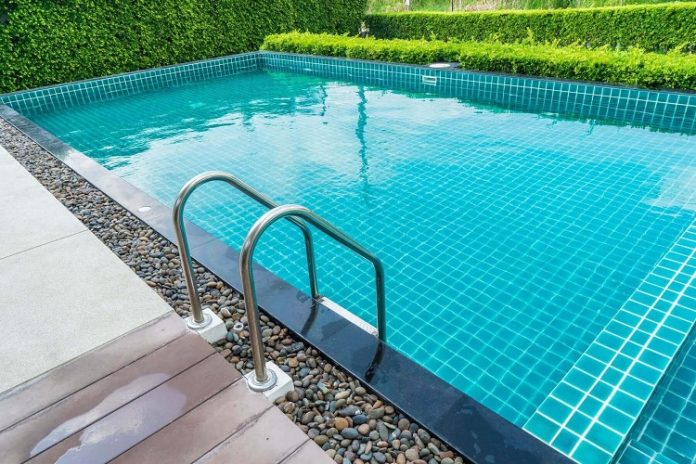Anyone who is considering purchasing a swimming pool, or a home with a pool for that matter, will hopefully have read all of the maintenance tips that are associated with the feature. Unfortunately, as well as the high initial cost, swimming pools have to be regularly maintained and one of the most common methods of treatment is termed shocking. Get detailed information about the advantages of having a swimming pool inside your home, on this website: www.groliehome.com
While some call it super chlorinating, the process is simply there to rid a pool of any pollutants. As you may have guessed from its alternate name, it does involve high amounts of chlorine although it’s not simply the process of throwing as much in as possible and hoping for the best. Instead, there are several steps that should be taken, as we’ll now investigate through the course of this article.
When should shocking be undertaken?
If you are to believe everything that the experts claim, you should be looking to shock your pool at least once per month. In theory, if you barely use your pool, you shouldn’t have to follow such a stringent routine and should simply rely on the results from the test strip. If this indicates that not enough chlorine is in the pool, it’s clear to see that shocking needs to occur.
On the subject of when it should be done, you should also try and perform it in the evening. It’s generally assumed that solar rays have a negative effect on the efficiency of shocking, meaning that you should look to avoid doing it before the sun has gone down.
What are the precautionary steps prior to the treatment?
The steps involved before the shocking occurs are relatively straightforward and will probably dictated on the packaging of your chlorine product – or it will be if you have purchased from an established vendor in the field such as Chemsol. The aim is to dissolve the chemicals into a bucket by mixing them with around 19l of water. Make sure that you fill the bucket before adding the chemicals, with this regarded as a much safer method. Once the chemicals have been prevalent in the water for several minutes, simply stir the bucket to allow them to dissolve fully.
How is shocking performed?
The final step is just as easy as the mixing process and you’ll simply need to pour the solution into the pool. Make sure that the filtration system is functioning whilst you do this, while also make sure that you pour the solution somewhere near a return valve so that it is carried into other areas of the pool. To minimise the risks of splashes, ensure that you crouch low to the pool and pour it in slowly.
Just before you get to the end of the bucket, when there is approximately 25% of water remaining, fill it back up with water, stir, before again pouring into the pool. On this next occasion, make sure that all of the contents are poured in.
Before using the pool again it is vital to make sure that the correct amount of chlorine is in there. Therefore, take a reading and ensure that the chlorine content is 3ppm or less before allowing anyone to enter. For further information, visit the pool service.









